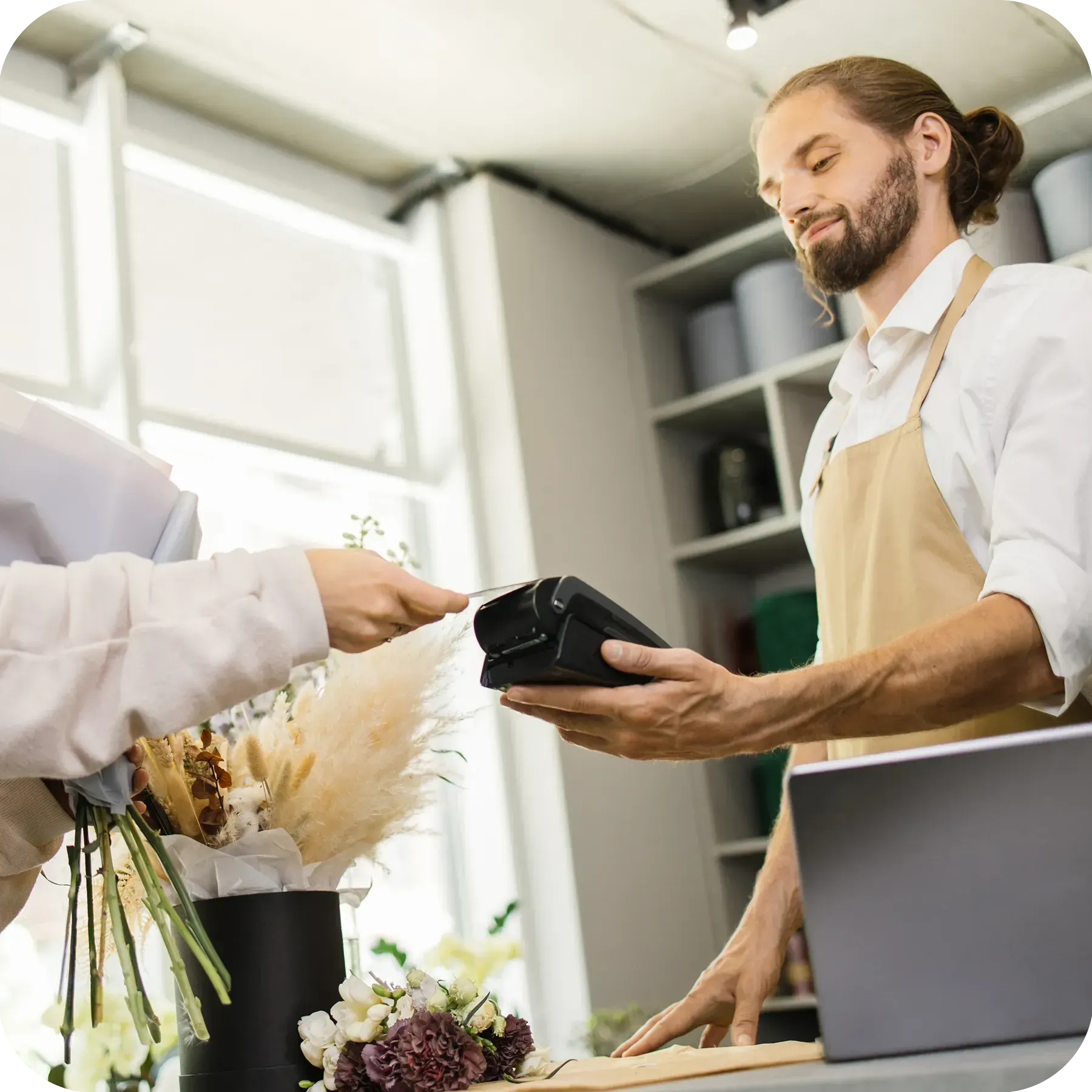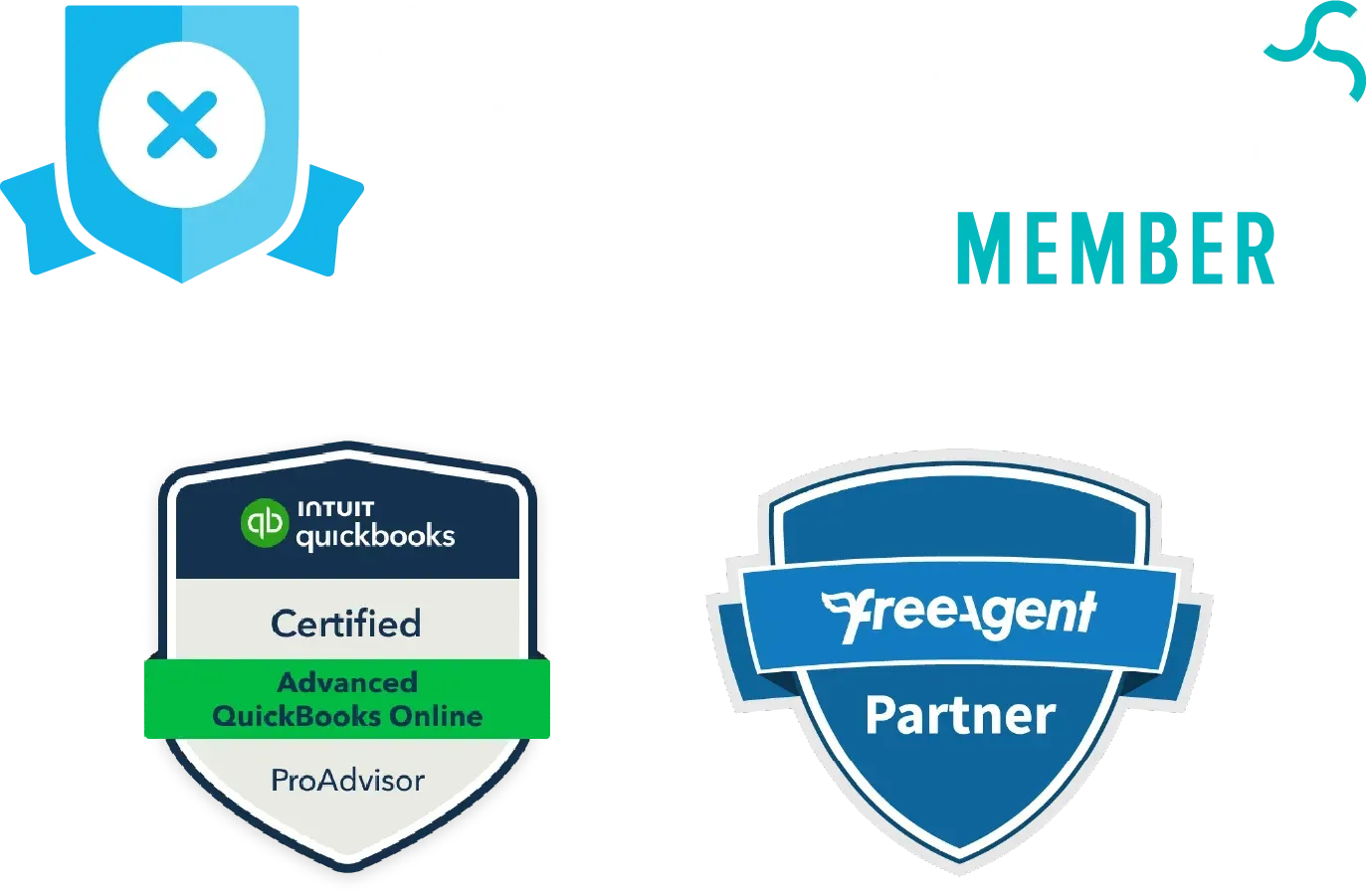
Claim back VAT on your purchases
The biggest advantage of becoming Value Added Tax (VAT) registered is that you can claim back VAT paid on purchases of goods or services. Excitingly, this includes the VAT you paid when purchasing goods when you were setting up your business.
Usually, businesses spend a lot of money on equipment and services when starting out or when they are expanding, meaning you could save yourself a handsome amount of cash.
Saving you time, hassle, and headaches
As you might expect, there is a fair bit of paperwork involved. The VAT registration process, VAT calculations, filing VAT returns and claiming the VAT you have paid all involve a lot of work.
Given that VAT returns must be filed every three months, it can quickly suck up much of your precious time. So let us take this burden off your shoulders so you can get back to doing what you enjoy most.

"I would definitely recommend Pat's services to any other small business. He's a great accountant, a nice guy, and he knows exactly what he's talking about"
— Jim Peskett, Xendurance Europe

